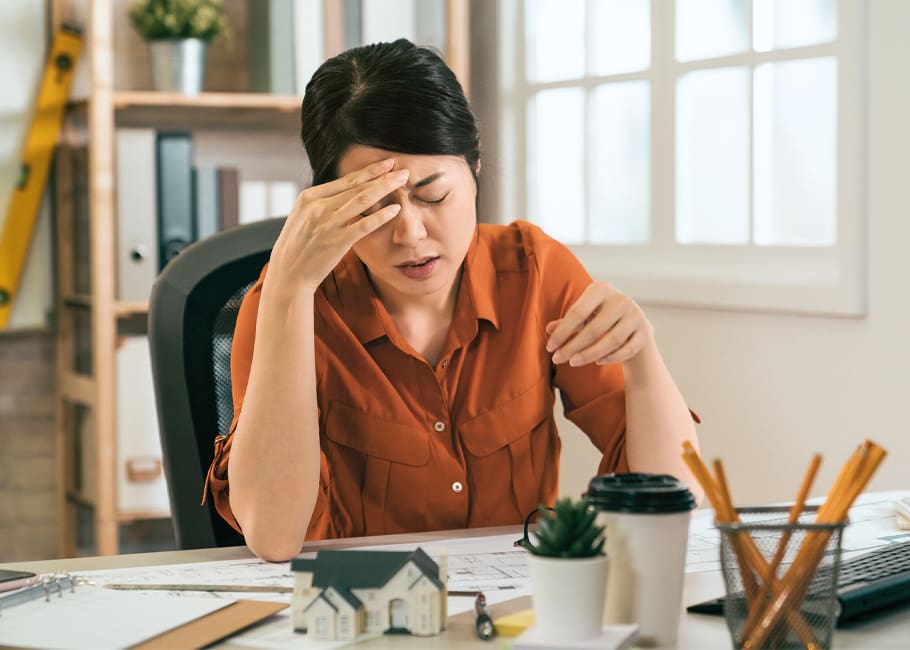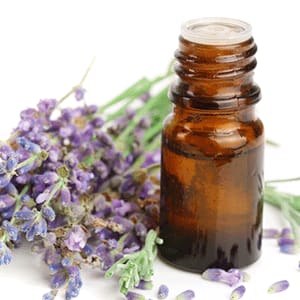For Your Health

© PR Image Factory / Stock.adobe.com
Brain pain
Methods to help find relief from headaches
by Suja natarajan
Headaches can bring life to a grinding halt. The National Headache Foundation estimates about 40 million Americans live with headaches. However, not all headaches are created equal. Understanding headache types and triggers, and making the right lifestyle changes, can help prevent them.
Common headaches
The most common headaches include tension, cluster and migraine.
Tension headaches. These types are often associated with stress or musculoskeletal problems in the neck. “The pain is usually dull and aching, and occurs across the forehead or around the back and sides of the head,” says Dr. Christopher Gay, pain management physician at Alaska Center for Pain Relief in Anchorage.
Cluster headaches. These typically present as intense pain on one side of the head with searing pain around or behind the eye. “Attacks come and go and can last for weeks to months. They are hard to treat and occur more often in men than women,” says Dr. Clifford Segil, a neurologist at Providence Saint John’s Health Center in Santa Monica, California.
Migraines. Migraines typically occur in women and involve pulsating pain. Symptoms can include nausea, loss of appetite, or heightened sensitivity to light, smell or sound. Migraines can last from four to 72 hours, says Dr. Medhat Mikhael, a pain management specialist in Fountain Valley, California.
Common triggers
Exertion, posture, food, anxiety, hunger, dehydration and sleep deprivation are among the common triggers that can cause headaches. Causes can also include medications, changes in hormones and underlying medical conditions. It is good to work with a pain specialist who can recommend the best treatment for you.
Exertion. During a workout, the blood vessels in the head dilate for increased blood circulation, which can cause an exertion headache. Similarly, exercising in extreme weather and at a high altitude can trigger an exertion headache, says Mikhael. “Hydration, rest and analgesics are the fastest ways to get rid of an exercise headache.”
Posture. Bad posture, prolonged sitting and excessive computer use can cause cervicogenic (originating from the neck) headaches. A forward head posture and a slumped posture can cause the neck and shoulder to spasm, and lead to tightness that can cause tension headaches.
Improved workplace ergonomics, better posture, exercise, stretching, massage, and heat and cold are ways to relieve cervicogenic headaches.
Food. Certain foods, ingredients and beverages may trigger headaches or migraine attacks. Aged cheeses, chocolates, some wines, salty foods and excessive caffeine are among the things that can trigger headaches. A 2019 study published in The American Journal of Medicine found that consuming more than three servings of caffeinated beverages is associated with migraine-related headaches. A 2016 article published in the journal Headache suggests that caffeine, alcohol and monosodium glutamate may trigger headaches or migraine attacks.
Track, identify and eliminate such food items to reduce the chances of a food-related headache.
Anxiety. When the body experiences stress, the sympathetic nervous system triggers the release of stress hormones—adrenaline and cortisol—and, in a chain reaction, the muscles in the neck and scalp tense up, causing anxiety or stress headaches.
Gay suggests meditation, breathing exercises, painkillers, guided imagery and prescription medications to treat stress headaches.
Hunger and dehydration. According to the American Migraine Foundation, missing meals can trigger headaches because of low blood sugar levels. Similarly, per a 2021 article published in Current Pain and Headache Reports, dehydration can be a source or trigger for headaches.
Drink plenty of water throughout the day and during workouts to prevent a dehydration headache. Regular mealtimes can minimize hunger headaches.
Sleep deprivation. Lack of sleep is associated with painful headaches and exhaustion during the day. A 2011 study published in The Journal of Pain suggests that lack of sleep increases the creation of specific proteins in the body that contribute to intense headaches.
The Centers for Disease Control and Prevention recommends seven or more hours of sleep for good health and well-being.
Getting help
Headaches aren’t a condition to ignore. See a doctor if your headaches are sudden and intense, frequent, more severe than usual, don’t improve with over-the-counter drugs, or if you can’t perform routine activities such as working or sleeping.
Neurologist Dr. Clifford Segil suggests looking for any changes in the pattern of headaches, or if the headaches feel suddenly different and require a physician’s attention.—SN

© kolesnikovserg / stock.adobe.com
Natural therapies
Natural ways to manage headaches include aroma-therapy, rhythmic and deep-breathing exercises, cognitive behavioral therapy, massage and self-massage, biofeedback, muscle relaxation, acupuncture, meditation, yoga, reducing stress, and eliminating loud noises and bright lights.
Cold packs and warm compresses on the back of the neck can help relieve headaches. Warm compresses promote blood flow and reduce muscle tension. In contrast, cold packs have a numbing effect, which may decrease the feeling of pain, says California-based Costco member Deborah Reuss, the academic dean of undergraduate studies at Pacific College of Health and Science.—SN
Suja Natarajan is a writer based in Virginia.
Costco Connection: Over-the-counter and prescription headache treatments are available in Costco pharmacies and at Costco.com.



